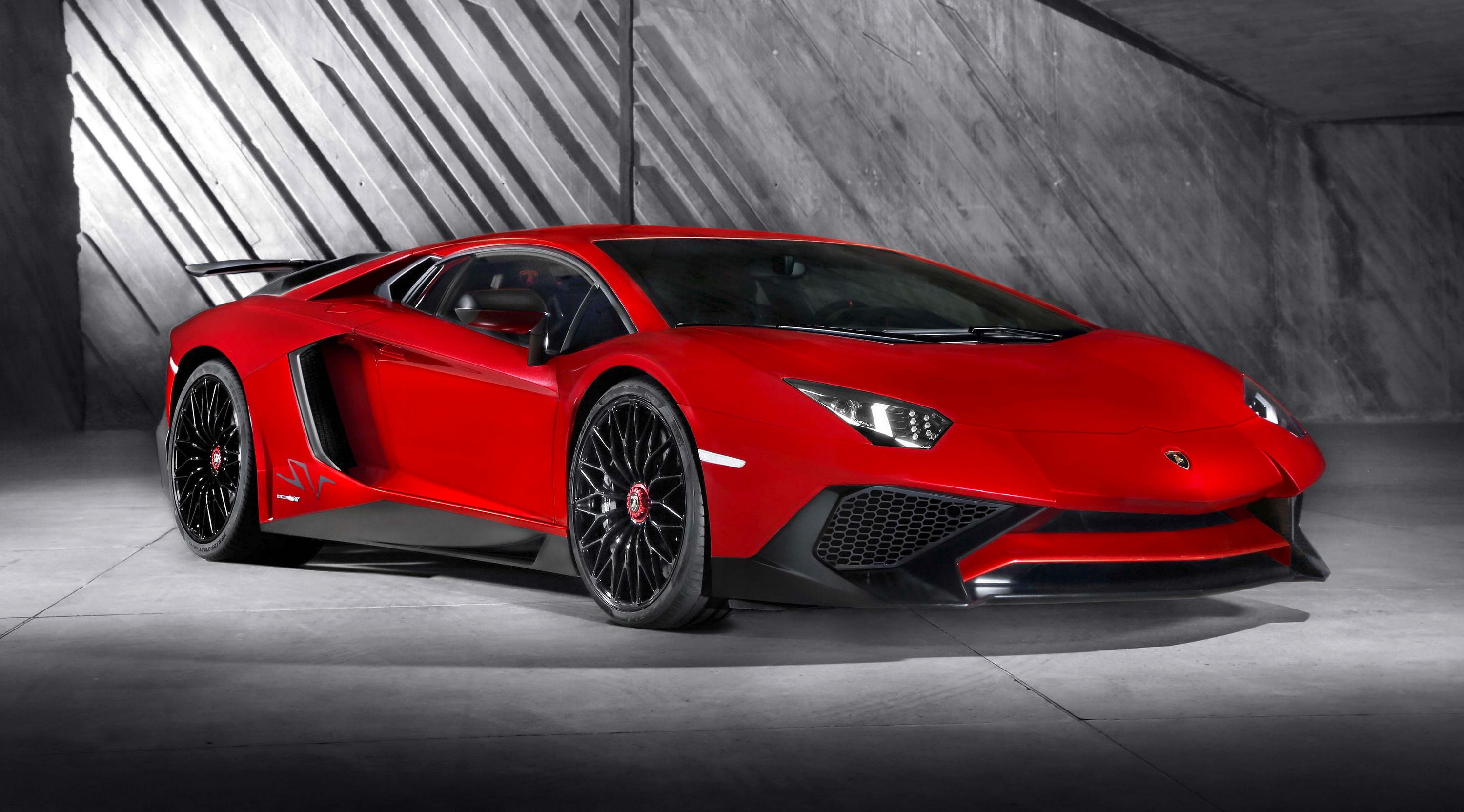Unlike its rivals Ferrari->ke252 and McLaren->ke284, Lamborghini->ke44 says it won’t be bolting turbochargers to its supercar->ke177 engines anytime soon. The upcoming super-crossover->ke288 2017 Lamborghini Urus, however, could be a different story. Lamborghini expects China->ke2090 to be the biggest market for the Urus, where tax laws favor smaller-displacement turbocharged engines, but the Aventador,->ke3624 Huracán->ke4345 and their replacements will soldier on with normally aspirated V-10s and V-12s.
"Naturally aspirated engines are still the best engines which are on the market for super sports cars, in terms of acceleration, in terms of sound," Lamborghini CEO Stephan Winkelmann recently told Autoblog at the opening of the company’s new plant in Sant’Agata. "And unless there is better, we are going to keep them."
"We are constantly looking for alternatives,” Winkelmann continued. “We are constantly seeing what we can do to make them better, and there will maybe a day when we are introducing turbos, when the turbos are equalizing or being better than naturally aspirated engines."
Continue reading for the full story.
Why it matters
Lamborghini’s decision to stick with atmospheric engines for its core lineup is interesting, especially since Volkswagen AG->ke94 as a whole, of which Lamborghini is a part, is adopting turbocharging across much of its range, in addition to alternative fuels, hybrid->ke147 drivetrains, full-electric->ke1030 drivetrains and electric turbos.
Still, it’s hard to dispute Winkelmann’s no-replacement-for-displacement-argument. When weight, linear power delivery and emotion are taken into consideration, big, normally aspirated engines are hard to match. The 2015 Lamborghini Aventador SV’s recent sub-seven minute lap of the Nürburgring seemed to prove that.
Winkelmann’s recent comments also clarify a comment he made in May, in which he cited Chinese tax law after being asked about the possibility of fitting smaller engines to future Lamborghinis.
For now, the company seems to be happy with the number of Aventadors and Huracáns it's moving in China and elsewhere in the world, and could decide to fit the Urus with a smaller, turbocharged V-6 to skirt Chinese tax laws.
Once production ramps up, Lamborghini says the Urus will double the company’s current output to 6,000 cars annually, many of which will be headed to China.
2015 Lamborghini Aventador LP 750-4 Superveloce
Read our full review here.

